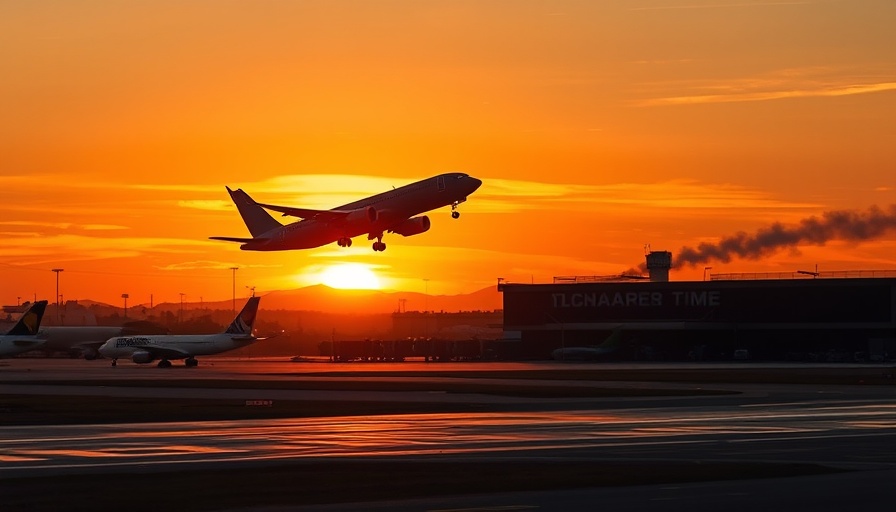
A Critical Communications Breakdown: Pentagon Hotline Inoperable
In a shocking revelation, it has come to light that the hotline connecting the Pentagon with Washington DC's air traffic controllers has been off-line since 2022. Testified by a Federal Aviation Administration (FAA) official during a Senate hearing, this inoperability poses serious risks to air safety, especially in the heavily congested skies surrounding Ronal Reagan National Airport.
Implications For Safety: Understanding The Risks
The ramifications of this communications breakdown are severe. Ronald Reagan Airport is already recognized as one of the busiest airports in the country, handling extensive air traffic including commercial flights and military operations. The need for seamless communication is paramount, as evidenced by a troubling near-miss incident where two flights were forced to abort landings due to an unseen military helicopter. This lack of coordination has heightened existing concerns about air safety following a tragic midair collision earlier this year, which resulted in 67 fatalities.
Background: The Importance of the Pentagon Hotline
The Pentagon hotline was established to ensure real-time communication between military operations and air traffic control, directly impacting flight safety in sensitive airspace. The hotline was functional until a mysteriously identified problem arose in March 2022. FAA deputy air traffic control head Franklin McIntosh stated they learned of the hotline’s failures just this month, revealing troubling gaps in oversight and responsibility between the FAA and the Department of Defense.
A Lesson from History: Past Air Safety Concerns
This situation echoes past failures within the aviation safety framework. Specifically, the National Transportation Safety Board (NTSB) had previously documented 85 close calls involving aircraft at Reagan Airport within three years leading up to the January crash, pushing for comprehensive reviews and improved regulations. With growing air traffic, especially with the resumption of military training flights, urgent action must be taken to address these dangerous loopholes.
Examining Future Strategies to Enhance Air Safety
The FAA has been proactively reviewing helicopter operations across the country, with particular emphasis on high-risk airports. Enhanced communication protocols must be put into place immediately to prevent any further incidents. One recommendation includes requiring military flights in the area to receive FAA clearance before takeoff, a measure that can significantly mitigate risks.
Public Awareness: The Need for Transparency
As the public becomes aware of these safety issues, the demand for transparency and accountability increases. The aviation community, as well as passengers, deserve to know that measures are being taken to ensure flying safety. The apprehension stemming from these recent incidents has already led to reconsiderations regarding military operations in urban airspace.
Conclusion: Take Action for Future Safety
As aviation safety remains a pressing concern, it is crucial for both the FAA and military operations to act quickly and decisively. Coordination and transparent communication will be the backbone of safety solutions moving forward. Regulations must evolve to reflect the complexities of modern air traffic scenarios. Let's advocate for reformations in aviation safety protocols, and the restoration of crucial communication pathways.
 Add Row
Add Row  Add
Add 




 Add Row
Add Row  Add
Add 

Write A Comment